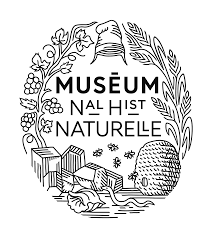Muséum National d’Histoire Naturelle

Background, main questions and general approach
The overarching objective of the UMR7221 is to understand the physiological regulations that control development, tissue homeostasis, regeneration and aging. To this end we take advantage of comparative approaches with a developmental and evolutionary outlook. We apply the growing array of genomic tools of molecular physiology, to analyse the regulations that support integrated responses at the level of the organism. The whole unit aims to obtain a better understanding of gene transcription with the final goal to decipher the mechanisms contributing to the evolution and generation of biodiversity.
Three major focal points characterize our work:
- Thyroid hormone signalling during development and aging,
- Regulations taking place during morphogenesis and
- Development and evolution of neurosecretory systems.
Our unit is uniquely well positioned to benefit from the exploitation of new comparative genomic data to identify the most critical processes and time windows at the origin of physiological responses. Indeed, as one of our main strengths is the ability to follow the unfolding of regulatory processes in integrated settings namely in whole living organisms, we can provide new meaning and content to the interpretation of high throughput genomic.